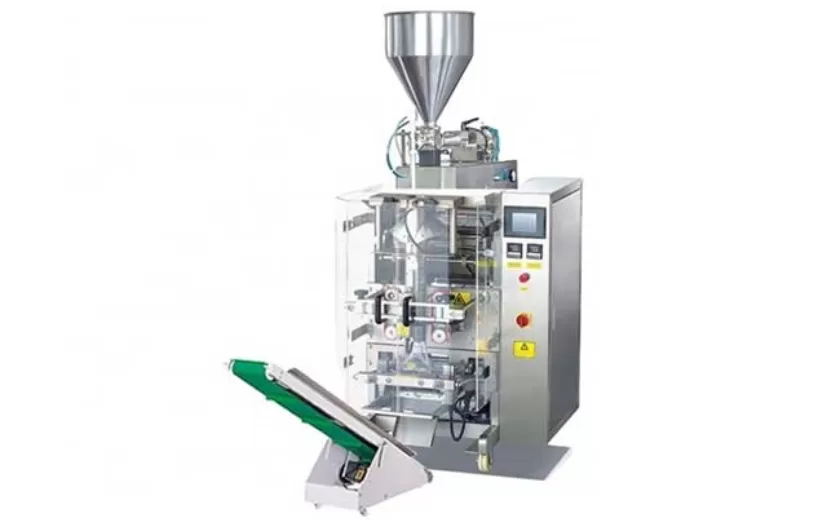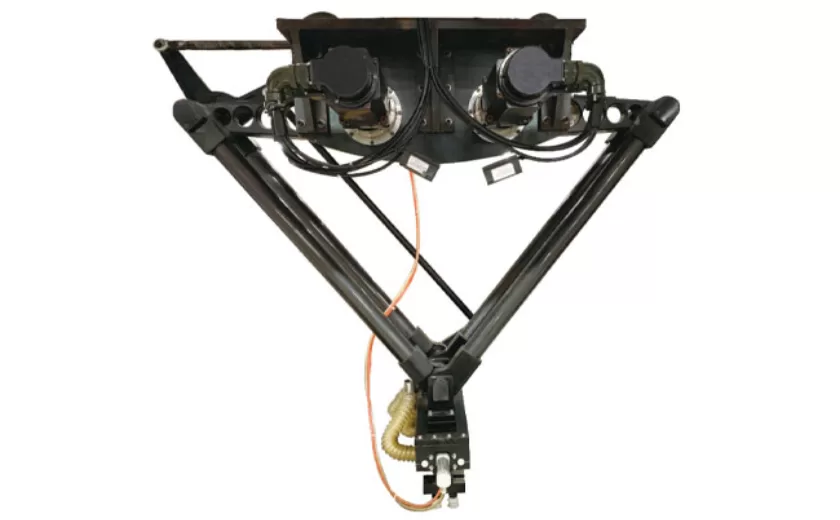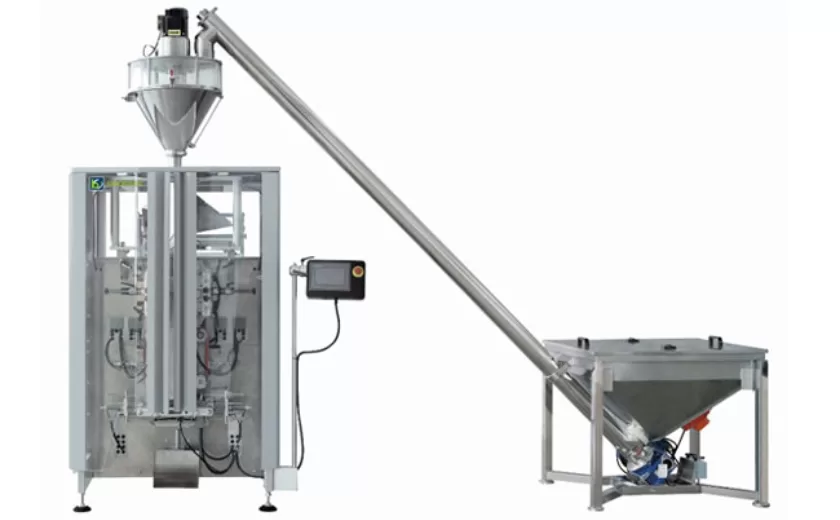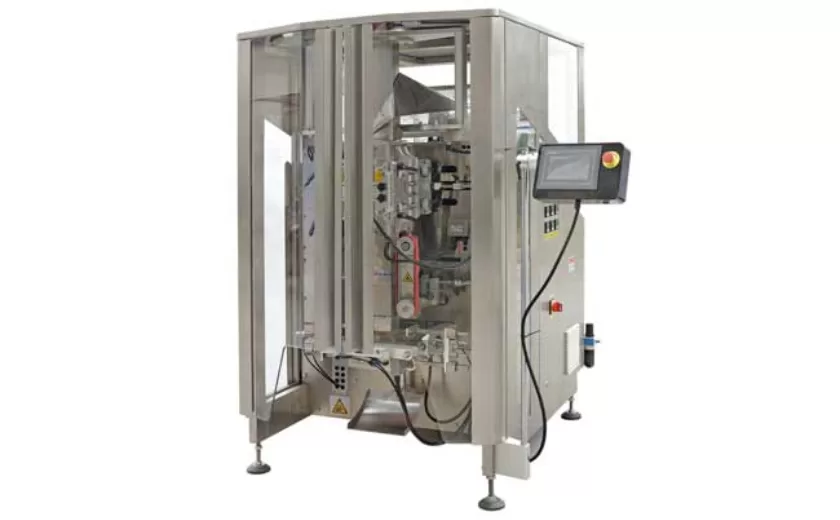Exploring the Future of Liquid Packaging- Key Innovations to Watch
The global liquid packaging market is undergoing a period of rapid transformation, driven by evolving consumer preferences and the need for sustainable solutions. Exploring the Future of Liquid Packaging: Key Innovations to Watch examines the latest advancements in material science, design, and technology that are shaping the future of liquid packaging. This article offers a comprehensive analysis of the key innovations to watch in the years ahead.
Flexible Packaging: Enhancing Convenience and Versatility
Flexible packaging is gaining popularity due to its lightweight, cost-effective, and customizable nature. Innovations in flexible packaging include:
– Advanced Barrier Films: Multi-layer barrier films provide superior protection against oxygen and moisture, extending the shelf life of liquid products.
– Innovative Closures: Reclosable and tamper-proof closures enhance convenience, reduce spills, and maintain product freshness.
– Lightweight and Sustainable Materials: Bio-based and recyclable materials are being used to create flexible packaging that is both eco-friendly and lightweight.
Aseptic Packaging: Ensuring Product Integrity
Aseptic packaging is essential for maintaining the safety and quality of perishable liquids. Innovations in this area include:
– Enhanced Sterilization Technologies: Advanced sterilization methods, such as electron beam irradiation, provide more effective and efficient sterilization.
– Improved Barrier Properties: Aseptic packaging materials with enhanced barrier properties protect against contamination and extend product shelf life.
– Convenience Features: Aseptic packaging is being integrated with features such as reclosures and easy-open tabs, enhancing convenience for consumers.
Bioplastics and Sustainability
Sustainability is a key concern in liquid packaging, and bioplastics offer a promising solution. Innovations in bioplastics include:
– Plant-Based Resins: Derived from renewable resources, plant-based resins are biodegradable and reduce the environmental impact.
– Compostable Materials: Compostable bioplastics provide a sustainable alternative to traditional packaging materials, breaking down in controlled composting environments.
– Recyclable Bioplastics: Bioplastics designed for recycling can be integrated into existing waste management systems, reducing waste generation.
Smart Packaging: Enhancing Consumer Engagement
Smart packaging incorporates technology that interacts with consumers and provides valuable information. Innovations in smart packaging include:
– Interactive Print: Printed electronics enable communication with consumers through QR codes, providing product information, recipes, and promotions.
– Sensor Technology: Sensors can detect freshness, temperature, and other factors, providing consumers with real-time product information.
– RFID Tags: Radio-frequency identification (RFID) tags track products throughout the supply chain, improving traceability and inventory management.
Advanced Dispensing Systems: Improving Precision and Dosing
Dispensing systems play a crucial role in controlling the flow of liquids. Innovations in dispensing systems include:
– Precision Valves: Advanced valves provide precise dispensing, reducing product waste and ensuring accurate dosing.
– Controlled Flow Rates: Dispensing systems with adjustable flow rates optimize dispensing for different liquids and applications.
– Multi-Chamber Dispensers: Multi-chamber dispensers allow for simultaneous dispensing of multiple liquids, enhancing convenience and reducing packaging complexity.
-
Advanced Packing Solutions: Snacks, Sugar, and Frozen Food Machines
29-10-2025 -
Efficient and Reliable Solutions for Salt, Nuts, and Frozen Dumplings Packing
29-10-2025 -
High-Performance Biscuits, Lollipop, and Ketchup Packing Machines for Modern Food Production
29-10-2025 -
Efficient Liquid Filling and Packing Machines for Modern Production
23-10-2025 -
Reliable Granule Packaging Machines for Efficient Production
23-10-2025 -
Efficient Auger Powder Filling Machines for Accurate Packaging
23-10-2025 -
High-Performance Liquid Filling and Packing Machines for Hygienic Production
10-10-2025 -
High-Efficiency Granule Packaging Machines for Precision and Speed
10-10-2025 -
High-Precision Auger Type Powder Filling Machines for Efficient Packaging
10-10-2025 -
Efficient Vertical Form Fill Seal Packaging Machines for Smart Production
10-10-2025











